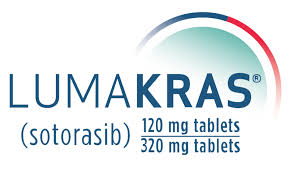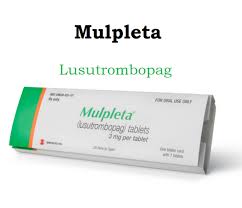Lamictal

Lamictal, known generically as Lamotrigine, is a distinguished prescription medication primarily indicated for the management of epilepsy and bipolar disorder. This elegant pharmaceutical falls within the category of anticonvulsants, also referred to as antiepileptic drugs (AEDs), and operates by harmonizing the electrical activity within the brain.

Applications
Epilepsy
– Effective in the treatment of partial seizures.
– Addresses generalized seizures, including tonic-clonic episodes.
– Manages seizures linked to Lennox-Gastaut syndrome, a severe childhood epilepsy variant.
Bipolar Disorder
– Serves as a maintenance therapy for bipolar disorder, aiding in the postponement of mood episodes, encompassing both depressive and manic phases.
Mechanism of Action
Lamotrigine exerts its influence by modulating voltage-sensitive sodium channels in the brain, thereby stabilizing neuronal membranes and curtailing the release of excitatory neurotransmitters such as glutamate. This mechanism effectively diminishes abnormal brain activity, thwarting seizures and promoting mood stability.
Dosage Guidelines
For Epilepsy:
– Initial dosage: Commences at a low level, gradually increasing to mitigate the potential for side effects.
– Maintenance dosage: Tailored according to age, weight, and any concurrent medications, particularly enzyme-inducing AEDs.
For Bipolar Disorder:
– Initial dosage: Typically begins at 25 mg per day.
– Maintenance dosage: Generally ranges from 100 to 200 mg per day.
It is imperative to note that dosage adjustments are essential, especially when combined with medications like valproate, which elevate lamotrigine levels, or enzyme inducers, which may reduce them.
Common Adverse Effects
– Dizziness
– Headaches
– Nausea
– Fatigue
– Blurred vision
– Tremors
Serious Adverse Reactions
Dermatological Concerns:
Manifestations such as rashes, including severe conditions like Stevens-Johnson Syndrome (SJS) or toxic epidermal necrolysis (TEN), necessitate immediate medical intervention if they become severe.
Hypersensitivity Responses:
Symptoms may include fever, swollen lymph nodes, and potential multi-organ failure.
Suicidal Ideation:
There exists an elevated risk of suicidal thoughts in certain individuals.
Hematological Disorders:
Rare blood conditions, such as agranulocytosis or aplastic anemia, may occur.
Drug Interactions
Valproate: This medication can elevate lamotrigine levels, necessitating careful dose adjustments.
Enzyme-Inducing Antiepileptic Drugs (e.g., carbamazepine, phenytoin): These may lower lamotrigine levels.
Oral Contraceptives: They might diminish lamotrigine levels, requiring potential dose modifications.
Warnings and Precautions
Pregnancy:
Lamotrigine is known to cross the placenta, potentially increasing the risk of oral clefts in newborns. Dose adjustments are frequently essential during this period.
Lactation:
This medication is present in breast milk; thus, it is crucial to monitor infants for any adverse effects.
Withdrawal:
Abrupt cessation is ill-advised due to the risk of rebound seizures or mood instability.
Driving and Machinery Operation:
Caution is advised as judgment may be impaired, particularly during dose adjustments.
Monitoring
Skin and hypersensitivity reactions: Any early indicators such as fever or rash should be reported without delay.
Liver and kidney function assessments: Regular evaluations are recommended for those with a history of impairment.
Mood monitoring: Vigilance for any exacerbation of depressive symptoms or suicidal thoughts is essential.
Forms and Strengths
Available in tablets of 25 mg, 50 mg, 100 mg, and 200 mg, as well as chewable dispersible tablets and extended-release (XR) formulations.
Generic Availability
Lamotrigine is accessible as a generic option, offering a more economical alternative to the brand-name Lamictal. Always adhere to your healthcare provider’s guidance and promptly report any unusual symptoms if you are considering or currently prescribed Lamictal.
Significant Side Effects
Dermatological Reactions:
Rashes, including severe forms such as Stevens-Johnson Syndrome (SJS) or toxic epidermal necrolysis










